Dry, red desert land as far as the eye can see with the highway stretching out to nowhere; kilometres of emerald forests, scenic hillsides and winding roads. Soft ocean breezes and coastal beauty. Australia. The island continent of endless landscapes. The land of over 250 Aboriginal Nations. The land I call my home.
Through Engineers Without Borders I recently had the privilege of travelling alongside 13 other participants down the Murray-Darling Basin. Equipped with four-wheel drives, gallons of water, passion and curiosity we began.
Commencing our Journey in Brisbane we were Welcomed to the Jagera Country by lively Aunty Heather. After acknowledging her Elders and the Stolen Generation she also acknowledged the refugees and migrants being forced from their homes and ripped away from their homelands cultures to come to Australia for a better life.
This Welcome to Country had me speechless, in tears – as an Australian with Indian parents and also as a volunteer with refugee children it affected me quite personally. It was a very meaningful start to my journey.
Through Moree we travelled, visiting the colourful Mehi Gallery at the Moree TAFE and participated in Canvas Printing (Pictured). With open arms we were welcomed and the lovely men and women of the Kamilaroi People shared their passions with us.
And then we reached the land of the Kooma, river people, where we lived on Country in Murra Murra for three days. Nothing can replace the experience of living off the dry land hearing Ranger Geoff’s and Pop Dave’s stories, camping under the stars and enjoying naked Australia. Like the people in Moree, Uncle Geoff opened his antique home and enormous heart to us. These were three of my favourite days.
Heartbreakingly, we bid our goodbyes and moved on to Brewarrina, arriving at what might be the oldest surviving human-made structure in the world, the fish traps– a meeting place for eight tribes, where food and land were shared. And as a juxtaposition to this pre colonisation, heart-warming history we learned of the Hospital Creek Massacre where many hundreds of people were slaughtered. This incredible generosity from people who were treated inhumanely and subjected to atrocity became the theme for my journey. I was deeply moved at both the unfairness of the situation and the resilience of the Aboriginal peoples we met.
From Brewarrina we visited Broken Hill, and the controversy of the Pinnacle’s Mine case.
On to Mildura and Lake Mungo National Park and then Coorong, land of the Ngarrindjeri people where we heard stories of racism and inequality from one of the beautiful ladies, Margy. She then told how she found herself through spiritual connections. I felt a real connection with her and began to understand the true importance of connection – connections to land, connections to culture, and connections to each other.
This was the most important finding for me on the trip and was expressed beautifully on the first night by Bianca Bond, a woman of the Mimburi Upper Mary Aboriginal Association, who told us: No one owns the land – ownership breeds greed. We are all here to take care of the land together and to take care of each other together.
From Coorong, through Hamilton and Daylesford, we ended our journey in Melbourne; sad and exhausted. Throughout this trip I have begun my own personal journey towards reconciliation. After such hardship and atrocities, the Aboriginal people I met were so willing to forgive and move forwards together and these genuine desires to live harmoniously make it clear that reconciliation is possible.
I believe Australia is a prosperous land and my vision is for all Australians, Indigenous and Non-Indigenous, to live harmoniously and equally together, respecting each individuals way of life.
As Sir Douglas Nicholls said, “You can play a tune on black keys, you can play a tune on white keys, but both are needed for perfect harmony.”



